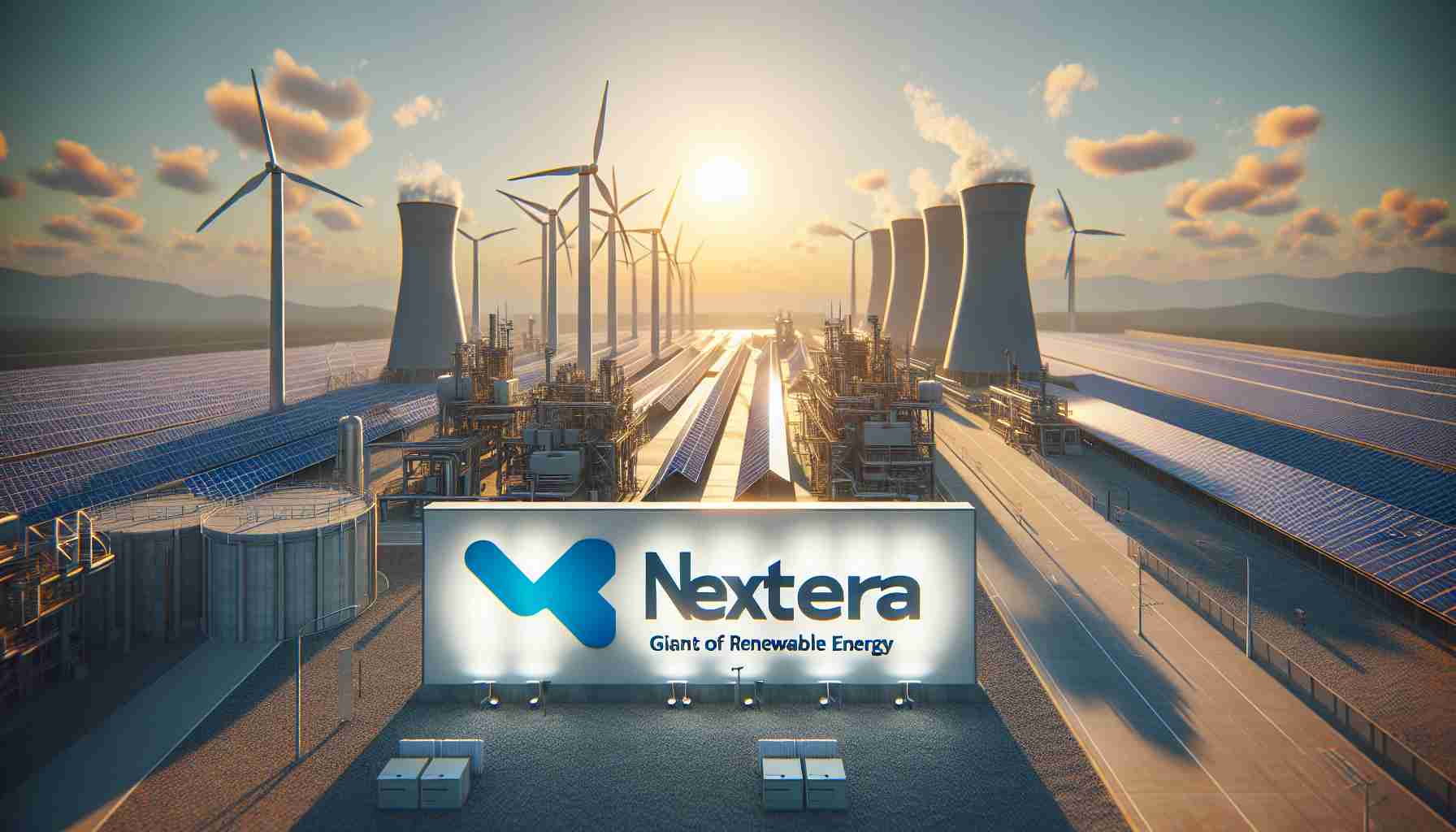The recent decline in steel exchange stocks has caught the attention of investors and analysts alike, prompting questions about the underlying causes of this downturn. Understanding the factors contributing to this fall requires examining a variety of economic, geopolitical, and industry-specific elements.
One of the primary reasons for the decline in steel stocks is the ongoing fluctuation in global demand. Steel is a fundamental raw material in construction, automotive, and manufacturing sectors—industries that have been experiencing uneven recovery post-pandemic. With lingering uncertainties around economic growth in major economies, especially in China, which is the largest consumer of steel, investor confidence has been shaken.
Additionally, trade tensions and tariffs have played a significant role in destabilizing the steel market. For example, tariffs imposed by the U.S. on steel imports in recent years have led to higher domestic production costs and retaliatory measures from other countries, complicating international trade and impacting stock performance.
Moreover, the rise in raw material costs, such as iron ore and coking coal, has put pressure on profit margins for steel producers, affecting their stock valuations. Coupled with this is the push for green technologies and a move towards more sustainable materials, which poses a long-term shift away from traditional steel production.
Lastly, increased market competition and the rapid advancement of alternative materials, like carbon fiber and aluminum, have also contributed to the declining attractiveness of steel stocks. This confluence of factors has created a challenging environment for steel companies, resulting in the observed decrease in stock prices within the steel exchange.
Why Steel Stocks Are Crumbling: What You Didn’t Know
Recent trends show that the steel exchange stock is not only falling due to the widely discussed global demand fluctuations and trade tensions but also because of deeper structural changes and strategic industry shifts that are equally impactful.
Environmental Pressures: As countries enforce stricter environmental regulations, steel manufacturers face immense pressure to reduce carbon emissions. The steel industry, traditionally known for its high carbon footprint, is now compelled to invest heavily in eco-friendly technologies, which significantly increases operational costs. This shift towards sustainable practices is not just an ethical move but a necessary business strategy, influencing market dynamics and investor behaviors.
Technological Innovations: The rise of innovative materials poses a formidable threat to the steel industry. Carbon fiber, known for being incredibly lightweight and strong, is increasingly used in automotive and aerospace industries. Meanwhile, the aluminum sector is gaining a competitive edge due to its recyclability and energy-efficient production processes. These innovative alternatives are not just competitors but signify an industry paradigm shift, impacting steel’s market share and investor confidence.
Globalization Challenges: Apart from tariffs, other globalization-related issues, such as supply chain disruptions and geopolitical shifts, have exacerbated the volatility in steel markets. The reliance on a few key global players for raw materials and finished products can lead to vulnerabilities when these partnerships are disturbed.
In contemplating the road ahead for steel stocks, the question arises: Can the industry adapt swiftly enough to these multi-dimensional challenges? Understanding these intricate dynamics is crucial for investors and policymakers alike.
For further insights into global market trends, visit Bloomberg and Reuters.
























